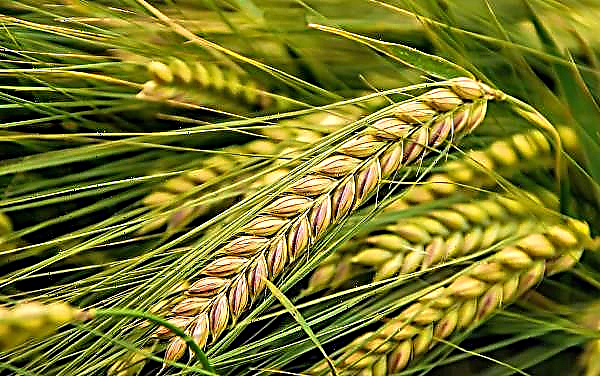The sharp jump is due to higher prices in major markets such as the United States, Europe and Canada, and low corn production.
The increase in demand for pork in China due to the ASF situation, and the decline in corn yields in the United States causes an increase in pork and poultry prices in the Mexican market. The first effect was seen in the pork market, where prices began to rise after the main suppliers adapted their offer to the situation in China.
Mexico imports almost 40% of its pork consumption, and domestic prices began to rise in April, when there was an increase in prices for imported pork from the United States and Canada.
From April to May, prices for imported pork from the United States and Canada rose 12.8% and 8.1%, respectively, mainly due to African swine fever (ASF) in China.

On April 16, pork futures for August delivery excluding other costs (i.e. logistics, insurance and other expenses) reached the highest level since October 2014 and became 33% higher than on the same date in 2018. .
Since May, pork futures have fallen due to the growth of corn, as it makes the production of pork and other animal proteins more expensive. But they will grow again as soon as domestic production decreases, and when stocks run out in China, which experts estimate will happen around August, commented Fernando Ortiz, business development manager at Genesus Ibero-America.

Until May, Mexico supported retaliatory duties on American pork to 20%, which paved the way for increased imports of Canadian and European pork into the country. However, pork prices have also risen in these markets, and if China loses more than 25% of its pig stocks this year, rising demand in Asia could also spike prices for poultry and beef.












